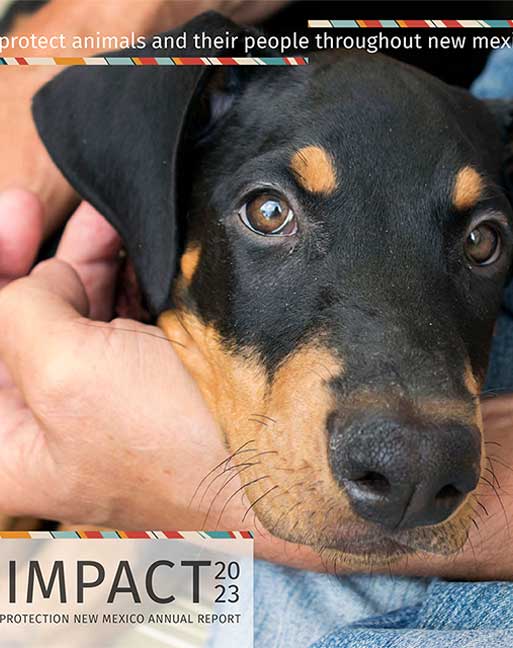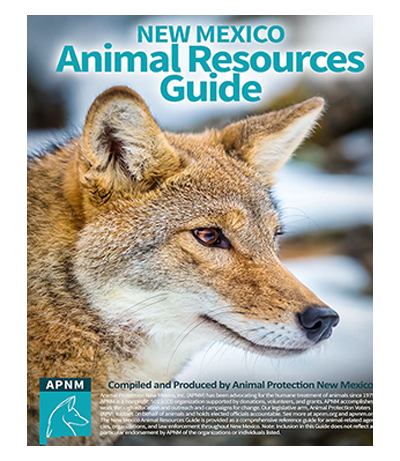For the past few years, APNM has been holding field workshops that demonstrate effective, nonlethal solutions to problems beavers sometimes create for landowners. Federal, state, and municipal agencies, landowners and others have been able to learn about ways to prevent flooding, tree damage and other unwelcome results that sometimes come with sharing the landscape with beavers.

APNM is now offering an additional tool that promises to be useful: Landowners’ Guide to Nonlethal Beaver Solutions is a comprehensive guide that summarizes the best information available to help landowners coexist with these special critters.
Beavers are a keystone species, meaning that they are so integral to the ecosystem that their removal leads to a loss of habitat for other species dependent on that habitat and a breakdown of ecological integrity. In addition to beavers’ intrinsic value, their status as a keystone species makes coexisting with them even more imperative. Robust beaver populations lead to more water, more plants and wildlife, and the development of wetlands. Historical records suggest that the Southwest was once full of wetlands before beavers were extirpated.
APNM’s new Landowner Guide provides the best information made available at APNM’s field workshops, including details on who to contact for assistance, resources to consult, materials needed and where to purchase them for long-term solutions such as tree-wrapping and flow devices.
For example, effective but simple flow devices inserted in beaver dams maintain acceptable water levels by allowing water to flow downstream. Fencing around culverts prevents beavers from building dams and blocking them. Tree-wrapping provides a barrier that protects trees from beaver appetites. These measures allow people and wildlife to benefit and are less expensive and more effective than lethal measures that are labor-intensive and short-term in nature.
The new Landowners’ Guide to Nonlethal Beaver Solutions: How to help beavers and benefit from them at the same time can be viewed and downloaded from APNM’s website. The public is encouraged to share this information with friends and neighbors who may not be aware of these inexpensive, long-term, and beneficial solutions.
APNM can provide life-saving, useful information like this only through the generosity of its donors. If you would like to see APNM continue its work to encourage coexistence with wildlife, please make a contribution today. Thank you for making a difference!




